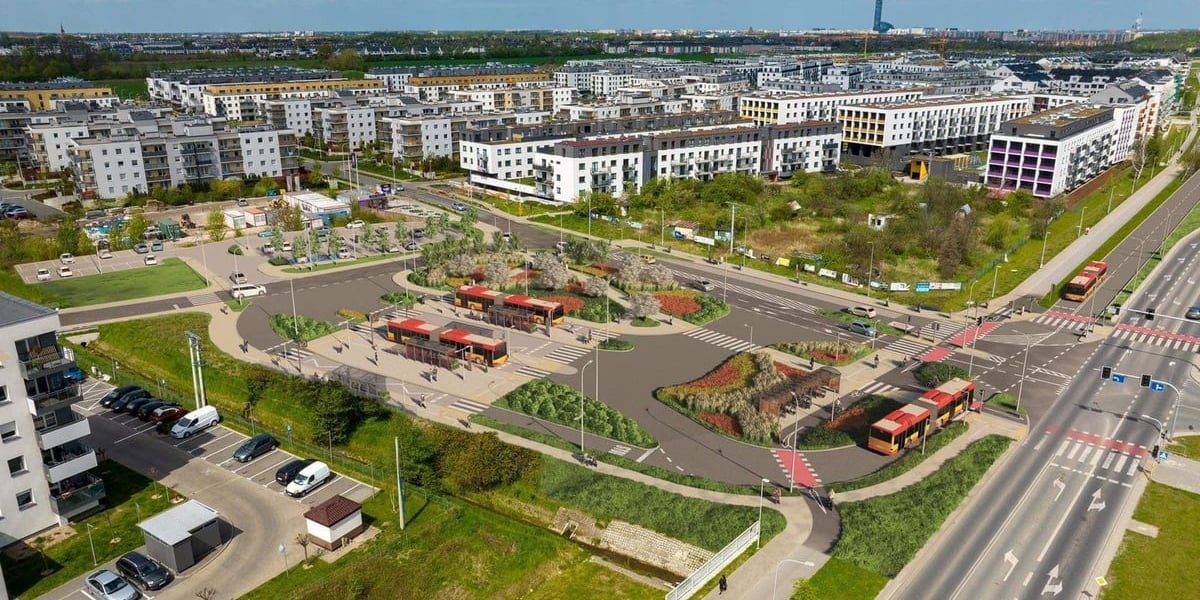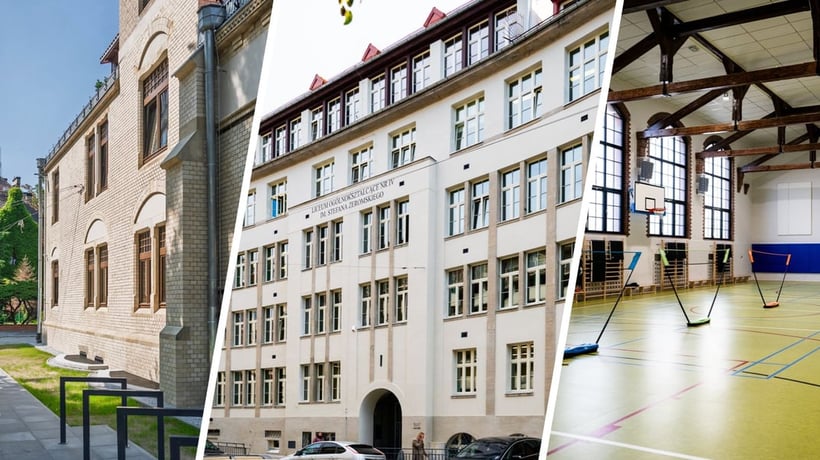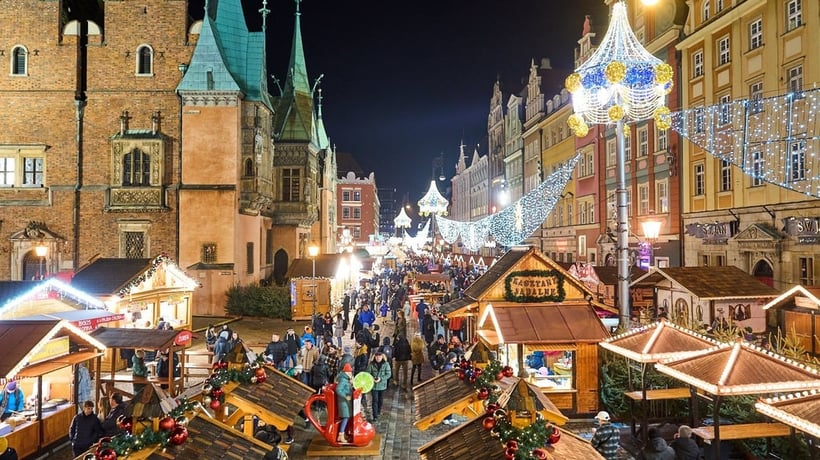Here are the bids opened on 7th March:
- Infra - Consultancy Centre – PLN 3,382,500
- Databout – PLN 3,419,400
- Drosystem Wroclaw Design Office – PLN 3,808,941
- BBKS-PROJEKT Road and Bridge Design Office – PLN 6,683,697
- Lower Silesian Design Office and Roadcom Consortium – PLN 9,490,800
The city can either add the missing amount or repeat the tender. If one of the two cheapest bids met all the requirements, the magistrate would have to add PLN 412,000 or PLN 449,000 to the planned amount. With such a large task, this does not appear to be a prohibitive amount. We are waiting for a decision.
‘We are analysing the bids and checking them for formalities,’ informs Krzysztof Świercz from Wrocławskie Inwestycje.
One designer, two tasks
The winner of the tender will have two tasks. In addition to designing the tram line, he is also to take care of Buforowa Street. The city wants a single team to undertake both tasks, so that the concept of intersections, traffic control signals, etc., would be consistent.
Buforowa Street is to be a four-lane road along its entire length, with additional lanes at junctions and auxiliary roads. Such a solution should make it easier for Jagodno residents who do not transfer to the tram to get to the centre by car. Currently, Buforowa has two lanes in each direction only in its initial section. Behind Konduktorska Street, they converge to one lane in each direction.
Why is a busway being built and not a track straight away?
A dedicated bus route will be completed this summer. Why only bus service? The rich history of the tramway to Jagodno revolves around railway line 285 leading to Sobótka. The tram tracks have to cross the railway tracks. But there was no legislation to regulate this. For this reason, PKP PLK did not agree to such a crossing.
Not knowing when or if the matter would be settled at all, the city decided to build a dedicated bus-only corridor while remaining ready to create a track. This is because the busway meets all the requirements for laying tracks on it. It has the right carrying capacity, geometry, etc. Even the stops are designed to serve both buses and trams.
Over the years, the city sent letters to the Ministry of Infrastructure until the relevant regulations were finally adopted. Apparently, the Ministry of Infrastructure was mobilised to address the subject by the Prime Minister. Donald Tusk promised to address the issue during his visit to Jagodno.
The regulations are finally in place (Regulation of the Minister of Infrastructure of 24 January 2025 on the technical requirements to be met by intersections of railways and railway sidings with tram lines and their location – Journal of Laws 3.02.2025, item 138), so the design of the tram can start.
Tramway to Jagodno – difficult design
Designing a track on a busway should not be a great challenge for a designer. Its design allows for the transfer of loads generated by tramway rolling stock. The tracks will be set on a concrete slab specially designed for trams.
It is necessary to design the traction as well as the substation and the power supply to it. The biggest challenge will be to agree with the railwaymen on how the tram tracks are to intersect with the railway tracks. This means that designing a short section between the railway viaduct and the Wolna Ukraina [Free Ukraine] roundabout may take most time, including obtaining all approvals.
PKP Polskie Linie Kolejowe (Polish State Railways) should agree to the track crossing, as it will have the status of a temporary solution. It is only expected to operate for a few years. PLK declares that it will elevate the line 285 to an embankment, which will solve the problem of the crossing once and for all. The tram tracks will run under the railway tracks. However, in an optimistic scenario, this will not happen until eight years from now at the earliest. Until then, a rail-tram crossing is to operate on an exceptional basis. The designer will coordinate the details with PKP PLK. It will have 18 months from the signing of the contract to prepare the complete documentation.






